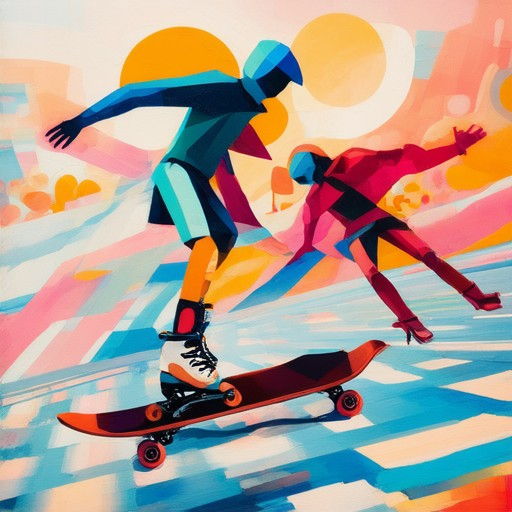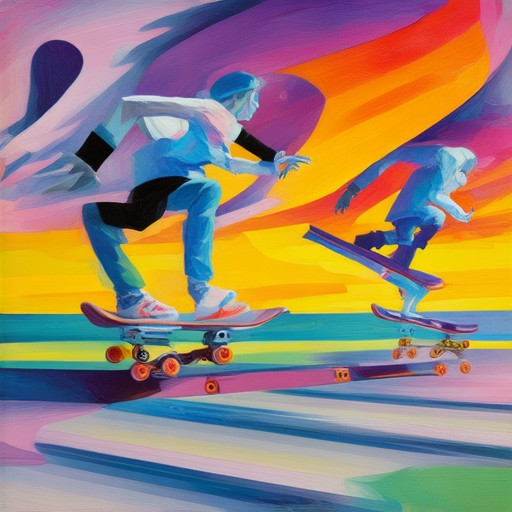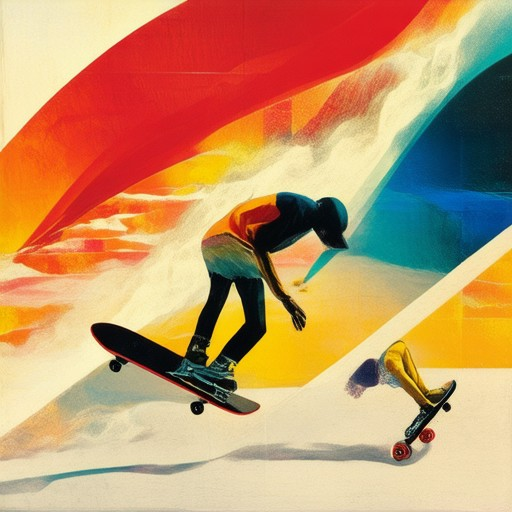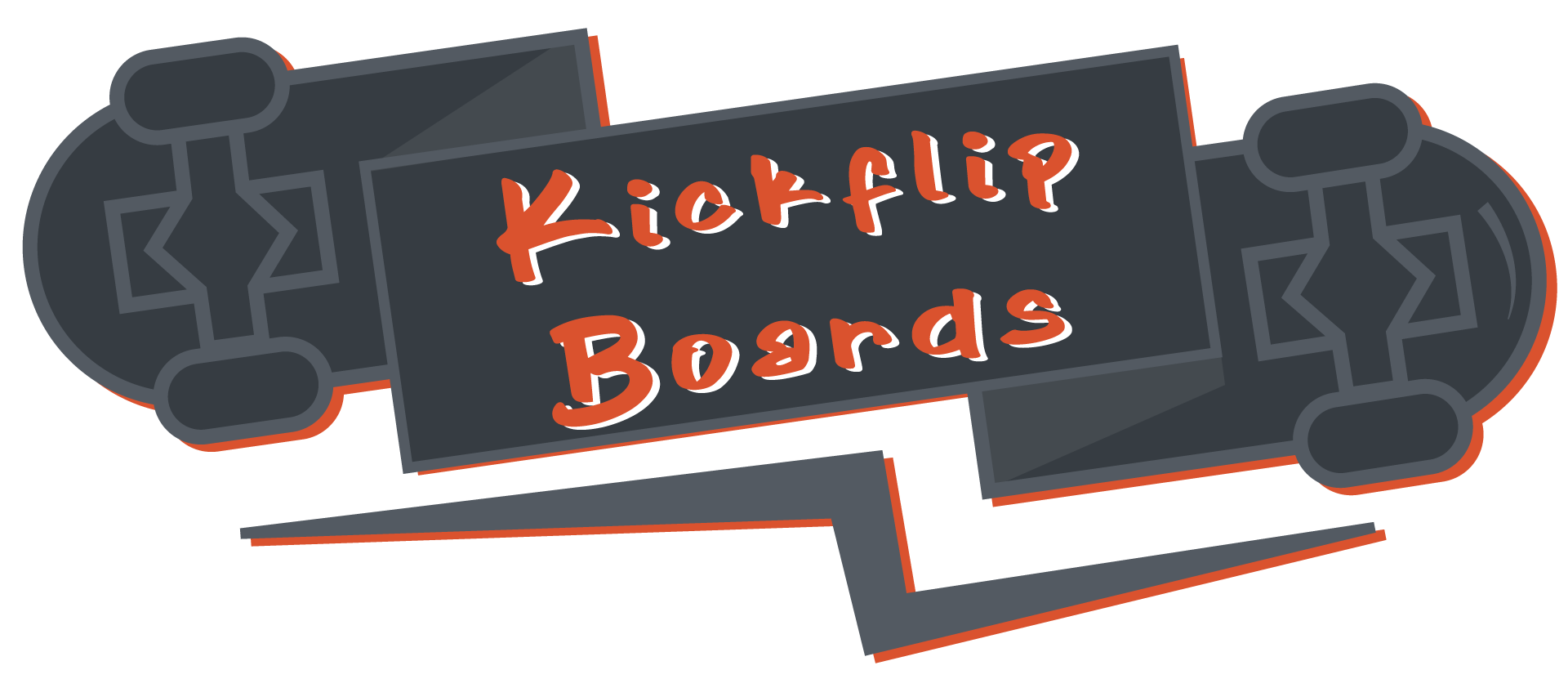Mastering balance is crucial for anyone looking to excel in skateboarding and rollerblading, offering not only improved performance but also enhanced overall fitness and mental well-being. Whether you’re a seasoned skateboarder or just beginning, developing strong balance skills can significantly impact your ability to navigate tricks, maintain control during long sessions, and reduce the risk of injuries. This comprehensive guide explores practical balance exercises, training techniques, and strategies to help you achieve greater stability and confidence on your board. From understanding the fundamental role of balance in these sports to discovering effective workouts that enhance your equilibrium, this article provides actionable insights to help you stay steady and conquer the streets with ease. By addressing common challenges, incorporating proven methods, and leveraging the benefits of cross-training, you’ll learn how to improve your balance and take your skills to the next level.
Key Takeaways
- Master Skateboard Balance: Adjust your stance, strengthen leg and core muscles, maintain proper posture, wear supportive footwear, practice consistently, and seek professional guidance.
- Stabilize Your Skateboard: Tighten truck bolts, align trucks properly, shift your stance for better weight distribution, inspect and replace wheels, choose suitable wheels and bushings, and practice on smooth surfaces.
- Enhance Balance with Balance Boards: Improve coordination, strengthen core and leg muscles, engage stabilizer muscles, and apply these skills to everyday activities.

Best Balance Exercise for Skateboarding
Balance is crucial for mastering skateboarding, allowing riders to stay upright during tricks and maneuvers. Here’s a comprehensive guide to effective balance exercises tailored for skateboarders:
- Single Leg Balance Practice : Stand with one foot slightly forward and the other foot behind you. Shift your weight gently to the forward foot and attempt to maintain stability for 10-20 seconds. Gradually increase the duration as you improve.
- Lunges with Board : Hold your skateboard between your feet and perform lunge steps forward. Emphasize controlled movement to engage your core and legs effectively.
- Stance Switching Drills : Practice switching your stance while standing still. This helps improve your ability to shift weight quickly while riding, essential for tricks like ollies and kickflips.
- Mountain Boarding : Using a stationary mountain board, practice balancing by standing on it and shifting your weight from heel to toe. This mimics the feel of a moving skateboard.
- Plank Walks : Start in a high plank position (like a push-up) and walk your hands towards your feet. Keep your core tight and body in a straight line to challenge your balance.
Key Muscles Engaged
Balancing on a skateboard primarily targets the calves, hamstrings, glutes, core, and shoulders . Strengthening these muscle groups enhances overall stability and control while riding.
Progression Tips
1. Start with short durations and gradually increase as your strength improves.
2. Practice daily to build consistency and stamina.
3. Incorporate these exercises into your warm-up routine before skating sessions.
4. Focus on controlled movements to prevent falls and injuries.
Mastering the Balance
With consistent practice, these exercises will significantly improve your balance and help you tackle more complex tricks with confidence. Remember to stay patient and focused on your form to maximize progress.
Learn more about skateboard care and maintenance
Building Balance for Skating
To enhance your balance while skating, consider the following structured approach:
1. Equipment Setup
- Skate Choice : Opt for skates with softer wheels for better grip and stability.
- Binding Fit : Ensure bindings are snug but not too tight to maintain control without slipping.
2. Practice Surface
- Terrain Selection : Start on smooth surfaces like carpets or concrete parks to build foundational balance.
- Rough Surfaces : Gradually transition to rougher surfaces like gravel or bricks after mastering basics.
3. Mental Focus
- Concentration : Stay focused on your body movements and environment to maintain equilibrium.
- Practice Blindfolded : Enhance spatial awareness by practicing balance exercises with eyes closed.
4. Technique Development
- Standing Still : Begin with short durations, aiming to extend up to one minute as you progress.
- Foot Transitions : Practice switching feet smoothly, focusing on controlled movements.
5. Strength Training
- Core Exercises : Incorporate planks and push-ups to strengthen core muscles essential for balance.
6. Riding Techniques
- Body Position : Keep knees bent and weight forward for stability.
- Hand Placement : Hold onto the skateboard rails for added control.
7. Consistent Practice
- Routine Incorporation : Dedicate time daily to balance exercises and trick practice.
- Patience and Adaptation : Embrace the learning curve, adjusting techniques as needed.
8. Safety Gear
- Protective Equipment : Wear helmets and knee pads to minimize risks and boost confidence.
9. Expert Resources
- Research Drills : Explore balance-specific drills and techniques from skating resources and videos.
By systematically addressing each aspect, you can develop a strong foundation for improved balance, enabling more confident and controlled skating.

Will Skateboarding Improve Balance?
Skateboarding is not just a recreational activity—it’s a full-body workout that can significantly improve your balance. Here’s how:
Physical Benefits of Skateboarding
- Lower Body Strength: Skateboarding requires constant engagement of your legs and core to maintain stability and control while moving.
- Coordination and Timing: Balancing on a skateboard demands precise timing and coordination between your hands, feet, and body movements.
- Footwork Mastery: The act of ollie-ing, popping tricks, and landing smoothly all require exceptional foot placement and balance control.
Mental Focus and Reaction Time
Skateboarding challenges your ability to stay focused and react quickly to changing environments, which translates to better balance in everyday life. Constantly adjusting your stance and position on the board enhances your spatial awareness and mental processing.
Balancing Act: Cross-Training Benefit
Skateboarders often have improved balance compared to non-skaters due to the consistent practice of balancing on a moving surface. This skill can carry over to other activities like hiking, surfing, or even walking straight-line without swaying.
How to Maximize Balance Gains
- Practice on Different Surfaces: Start on smooth pavement and progress to rougher terrain like gravel or grass to challenge your balance further.
- Focus on Foot Placement: Pay attention to how your weight distribution affects your stability. Shift your weight slightly forward or backward to maintain control.
- Engage Core Muscles: A strong core provides better support and stability, so try incorporating core-strengthening exercises alongside your skateboarding sessions.
- Work on Trick Stability: Practicing tricks like manual, kickflip, or grind requires perfect balance, teaching you to stay calm under pressure and maintain your stance.
Conclusion
Yes, skateboarding improves balance through a combination of physical strength, coordination, and mental focus. With consistent practice and attention to technique, you’ll notice improved balance in your daily life and other physical activities.
Kickflip Boards encourages everyone to explore the benefits of skateboarding for fitness and fun. Whether you’re a seasoned skater or just starting out, the rewards of improved balance are well worth the effort!

Why Can’t I Keep My Balance on a Skateboard?
Your balance on a skateboard may be affected by several factors, including your stance, muscle strength, body positioning, and equipment choice. Here’s a breakdown of common reasons and solutions:
- Stance and Weight Distribution: Adjust your stance to allow better weight distribution. Try shifting your feet slightly forward or backward to find a more stable position.
- Muscle Strength and Flexibility: Improve your leg and core strength through exercises like squats and planks. Flexibility can also play a role, so consider stretching routines focused on the hamstrings and hip flexors.
- Body Positioning: Maintain proper posture with your chest up and eyes forward. Keeping your head level helps maintain balance and control.
- Footwear: Invest in skate-specific shoes with better support and traction to enhance your grip and stability.
- Practice and Technique: Regular practice is essential. Focus on mastering the basics before attempting more complex tricks. Consistency helps your body adapt and improve balance control.
- Professional Guidance: Consider enrolling in lessons or consulting with a skilled coach to identify and correct specific issues in your technique.
By addressing these areas, you can work towards improving your balance and mastering tricks on your skateboard. Remember, progress takes time, so be patient and persistent with your practice.
How to Make Your Skateboard Less Wobbly
To enhance your skateboard’s stability and reduce wobbling, follow these organized steps:
- Check Truck Tightness: Inspect the bolts securing the trucks to the board. Use a small wrench to tighten any loose bolts. Avoid overtightening to prevent component stress.
- Adjust Truck Alignment: Properly align the trucks by loosening the nuts on the truck axle and centering them. Refer to a truck alignment guide for precise adjustments.
- Optimize Weight Distribution: Shift your stance slightly forward to distribute weight evenly. This can help stabilize the board during tricks.
- Inspect Wheel Condition: Check for wear and tear in the wheels. Replace any uneven or severely worn wheels to maintain stability and control.
- Choose Appropriate Wheels and Bushings: Select wheels suited for your skating style. Consider replacing softer bushings with harder ones for improved stability and a stiffer ride.
- Improve Foot Positioning: Keep your feet close to the board and knees bent to maintain better balance and control.
- Practice on Smooth Surfaces: Seek out smooth, consistent surfaces like skateparks or driveways to minimize edge catching and improve stability.
By systematically addressing these factors, you can significantly reduce wobbling and enhance your overall riding experience.

Do Balance Boards Improve Balance?
Yes, balance boards are an excellent tool for improving balance and overall stability. They work by challenging your body’s ability to maintain equilibrium, which enhances coordination, spatial awareness, and muscle engagement.
- Improved Coordination: Regular use of balance boards helps develop better coordination between your body’s muscles, particularly those in the lower extremities. This leads to enhanced control during daily activities and sports.
- Increased Stability: By practicing on a balance board, you strengthen your core and leg muscles, which play a crucial role in maintaining balance. This can reduce the risk of falls and injuries associated with poor stability.
- Engagement of Stabilizer Muscles: Balance boards target small, often overlooked muscles called stabilizers. These muscles are vital for maintaining posture and balance, especially during movements like walking or running.
- Real-World Applications: The improvements gained from using balance boards translate well into everyday life. Whether you’re walking on uneven terrain, climbing stairs, or simply standing still, your balance will be more refined and controlled.
In conclusion, balance boards are highly effective tools for enhancing balance and stability. Their regular use can lead to noticeable improvements in coordination, strength, and overall physical performance. If you’re looking to boost your balance, give balance board exercises a try!




0 Comments